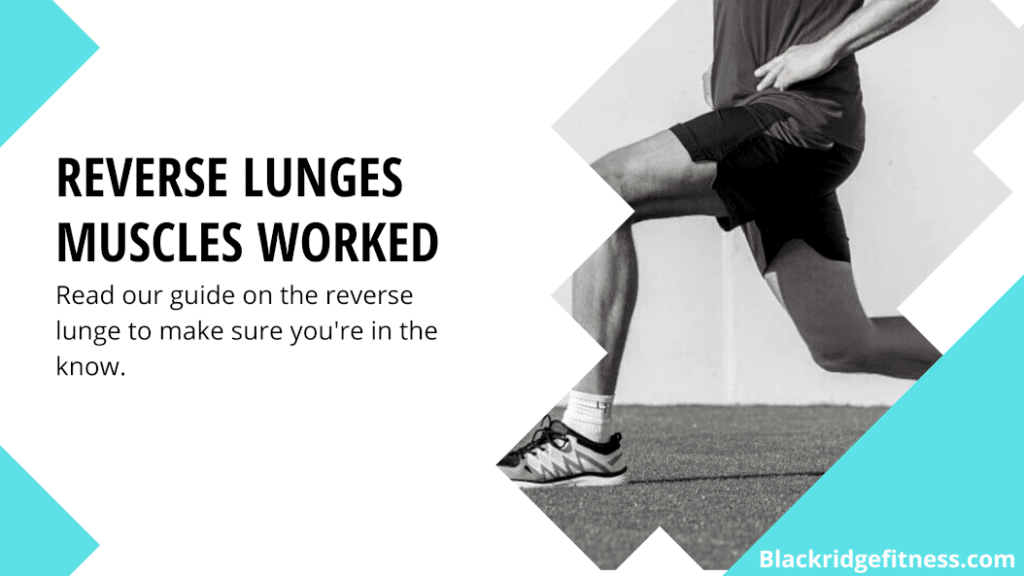Related guides: bench squat, burpee broad jump, goblet lunge, kneeling squat, v squat, b stance hip thrust
Quick Links – skip to what you’re interested in:
- Muscled worked during the reverse lunge
- Primary muscles worked during the reverse lunge
- Reverse lunge vs traditional forward lunge
- How to perform a reverse lunge
- Incorporating the reverse lunge into your training
- Additional resources
Reverse Lunges Muscles Worked
The lunge is an excellent exercise. The main muscles targeted during a lunge are the Glutes, and Quadriceps, however, considering the staggered stance you will also be targeting the smaller stabalising muscles of the hip, knee and ankle. For this reason the lunge is one of the best lower body exercises you can do.
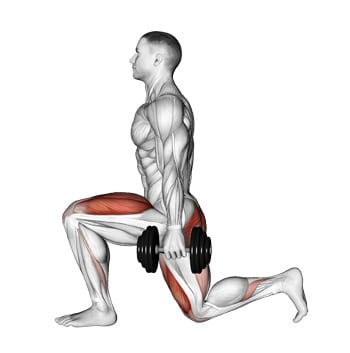
Supplement Guides: Protein | Creatine | Pre-Workout | Fat Loss | Natural Testosterone
Primary muscles worked during the reverse lunge
Gluteus Maximus
The glute max is the largest muscle of the hip region and gives the buttocks its rounded shape. Functionally, this muscle serves to extend the hip and bring the leg in line with the body allowing you to stand upright.
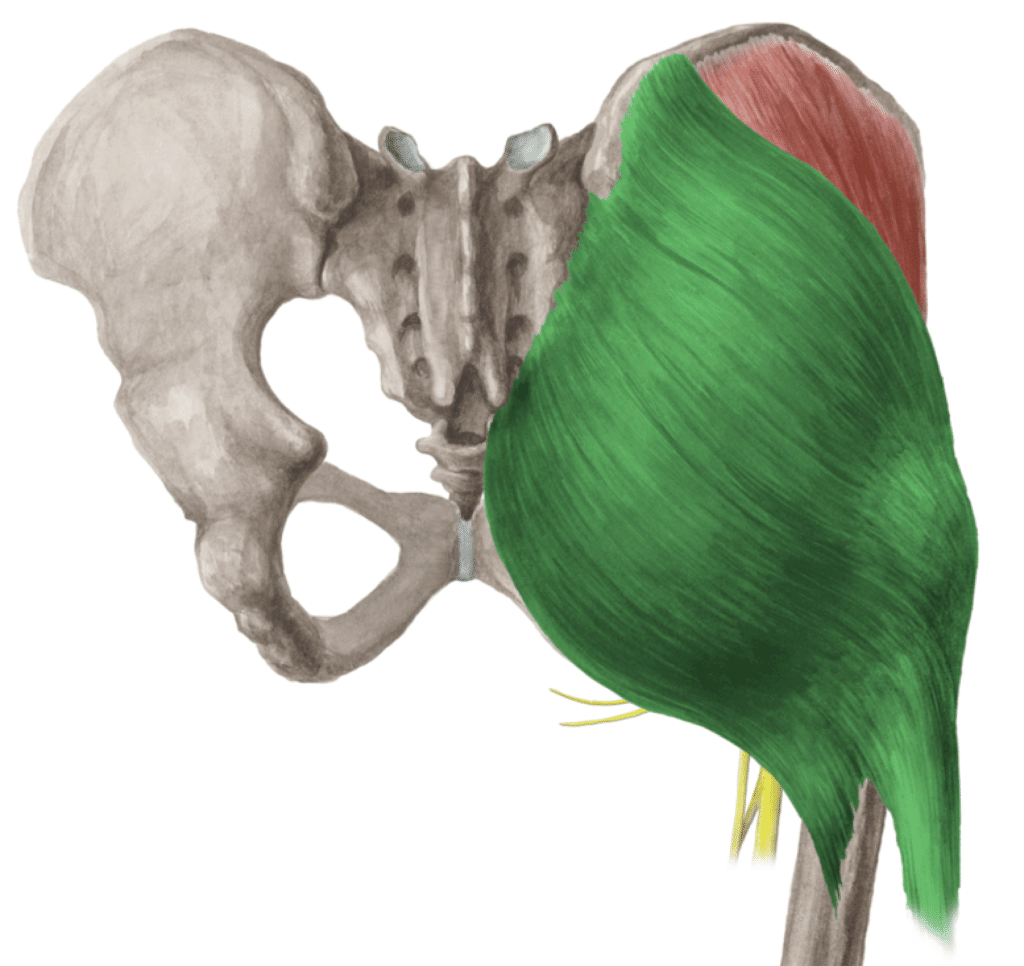
Gluteus Minimus & Medius (lateral hip)
The Gluteus Medius & Minimus (glute med & min) serve to stabalise and externally rotate the head of the femur, resulting in external rotation of the leg. The glute medius is the largest of the two muscles and attaches underneath the crest of the hip.
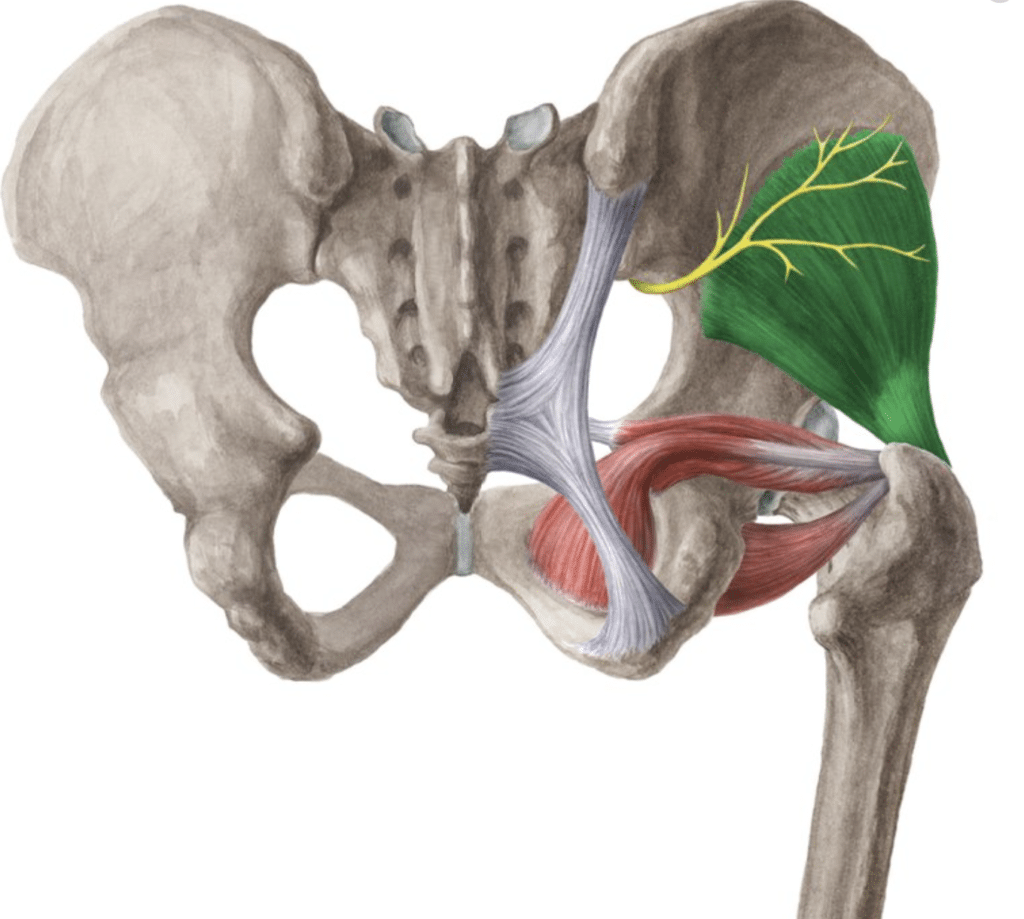
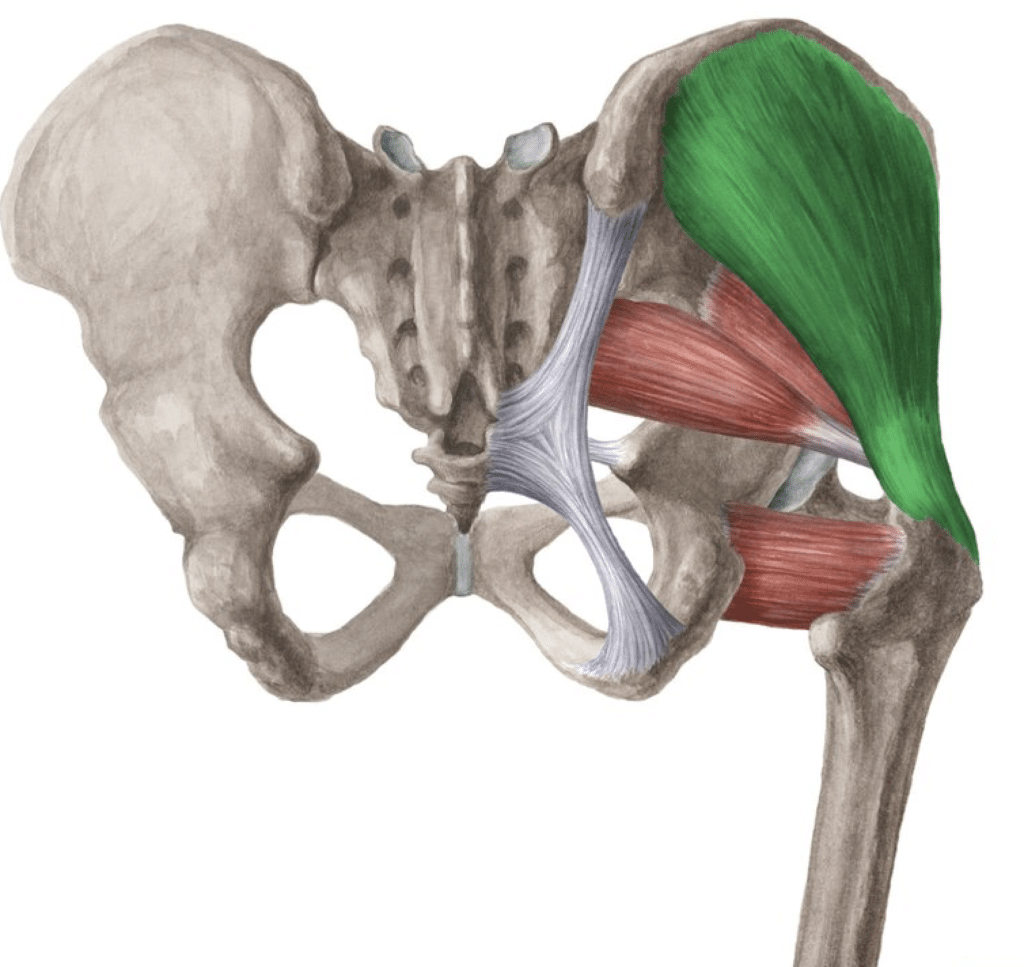
Quadriceps
The Quadriceps (quads) are formed of four very strong muscles that primarily function to extend the knee joint. One of these muscles inserts on the front of the pelvis and therefore also contributes to hip flexion as well. All of these large muscles allow you to walk, run jump, lunge and squat.
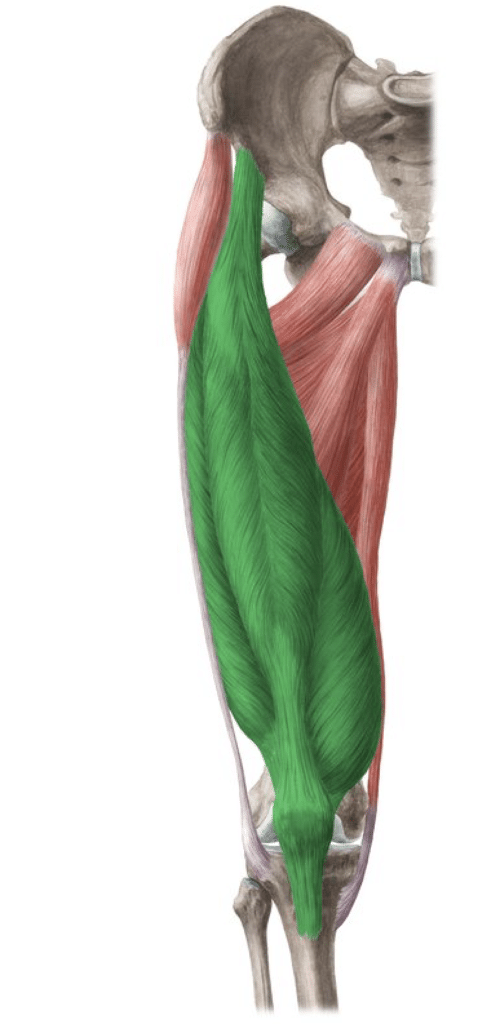
Adductors
The Adductors are located on the inside of the thigh and serve to bring the leg inward toward the midline of the body. They are very active at the bottom of any squatting or lunging exercises and provide a great deal of strength and support during most lower-body exercises.

Related guides: bench squat, burpee broad jump, goblet lunge, kneeling squat, v squat, b stance hip thrust
Reverse lunge vs traditional forward lunge
Both the forward and reverse lunge target the same muscle groups in similar ways, however, the latter has more to offer. Keeping the weight over the front heel when stepping back with the opposite leg maintains the tension in the glutes and hamstrings as well as the quads. Furthermore, sometimes during a forward lunge the load shifts too far forward, placing the weight on the ball of the foot rather than the heel.
In this forward position the Quadriceps are overworking, leaving the Glutes and other muscles under-trained. In turn this diminishes power and decreases knee stability and ultimately reduces the effectiveness of the exercise.
The reverse lunge is often considered superior to the forward lunge because it requires you to generate momentum from the rear leg to return to the start position which closely mimics the action of running. It’s also very easy to overstep your footing during the forward lunge and transfer your weight to the wrong position, whereas the reverse movement transfers your weight over the front heel, which is the correct position.
This study by S. Park in 2016 (PDF) tested different lunge variations and found that the reverse lunge was the most effective movement for muscle activation and growth.
Supplement Guides: Protein | Creatine | Pre-Workout | Fat Loss | Natural Testosterone
How To Do Perform The Reverse Lunge
Performing the reverse lunge is very similar to the forward variation, however, there are some subtle differences.
- Begin by standing straight and bracing your core.
- Then take a long step back with your right foot.
- Bend the right knee to 90°, then lower the other knee until it too is bent at 90°.
- Then push back up with both legs and return to the start position.
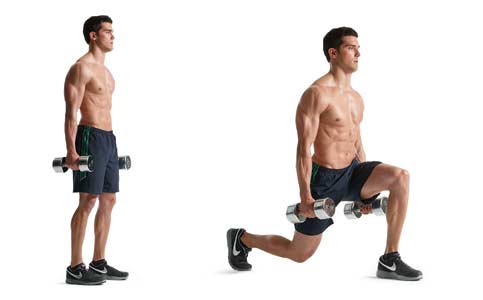
At the start of the movement you will notice that when you begin to lift the right leg and send it back, you may start leaning forward to counterbalance the rear leg, this is fine but try to make sure that you keep your torso as upright as possible throughout the rest of the movement.
Incorporating The Reverse Lunge into Your Training
The key with this exercise is to use all of the muscles of the lower limbs. This is achieved through balance, body alignment and foot position. Stability is essential to build strength and if you lack stability you will find it harder to increase leg strength using this exercise. Begin by performing a Split Squat with no weight. Try to complete 3 sets of 15 reps on each side without losing your balance. Then hold a weight in the hand corresponding to the lead front leg. This weight will incorporate the abdominal and spinal erector muscles.
Once you successfully complete 3 sets of 15 reps per leg, you can then set up a Reverse Lunge. Start with no weight and find a wall for stability if needed. Perform 3 sets per leg without losing balance. Once completed successfully, remove the wall and add weight. Perform the Reverse Lunge as one of your first exercises during the workout and progressively increase weight each session for strength gains.
Additional Resources
- Study: The effect of foot position on balance and muscle activation
- Exercise Technique: Reverse Lunge Into a Step-Up
- Related guides: bench squat, burpee broad jump, goblet lunge, kneeling squat, v squat, b stance hip thrust

Olly is a CIMSPA accredited personal trainer with a BSc degree in sport management from Solent University. He has over 10 years experience helping clients reach their health & fitness goals.

